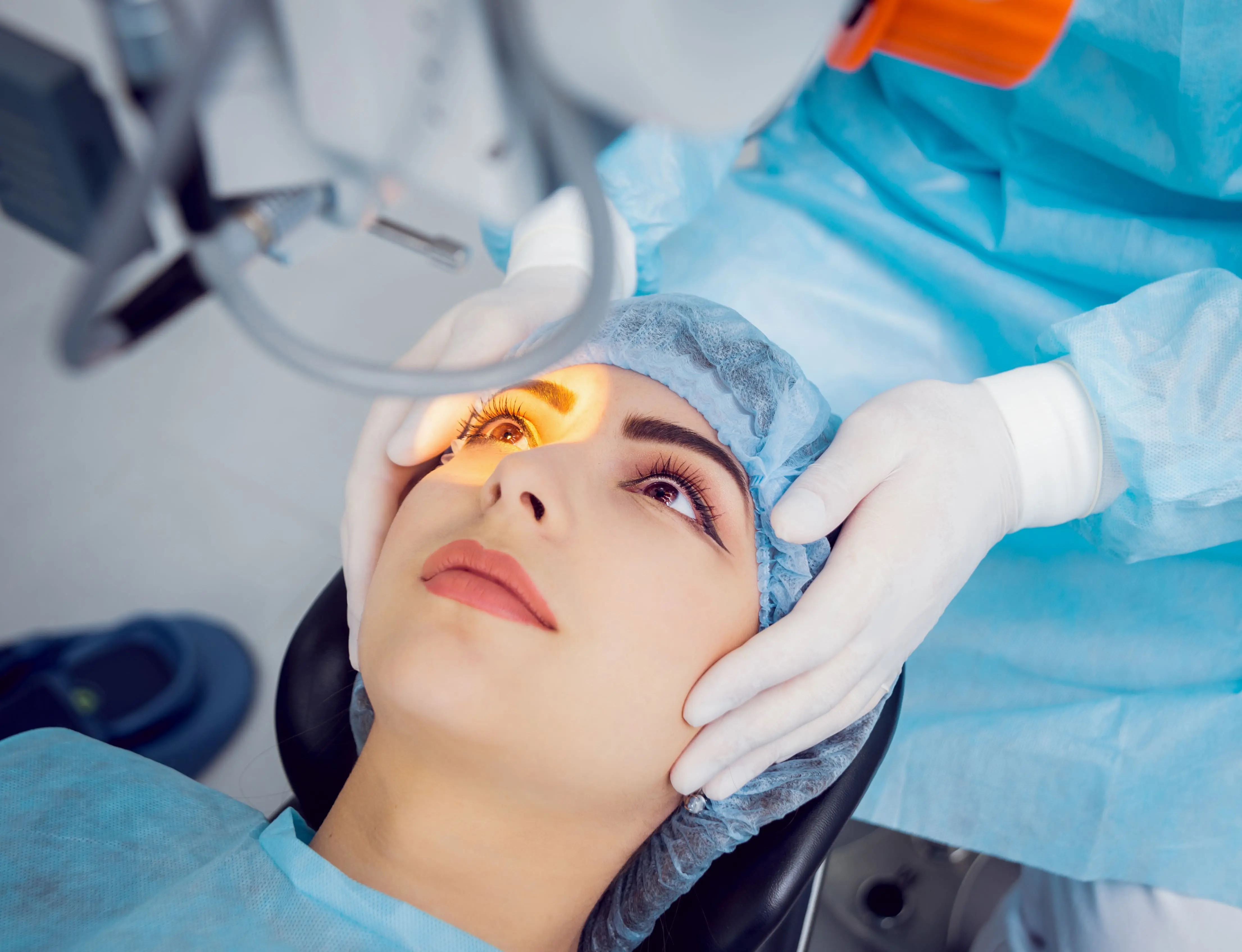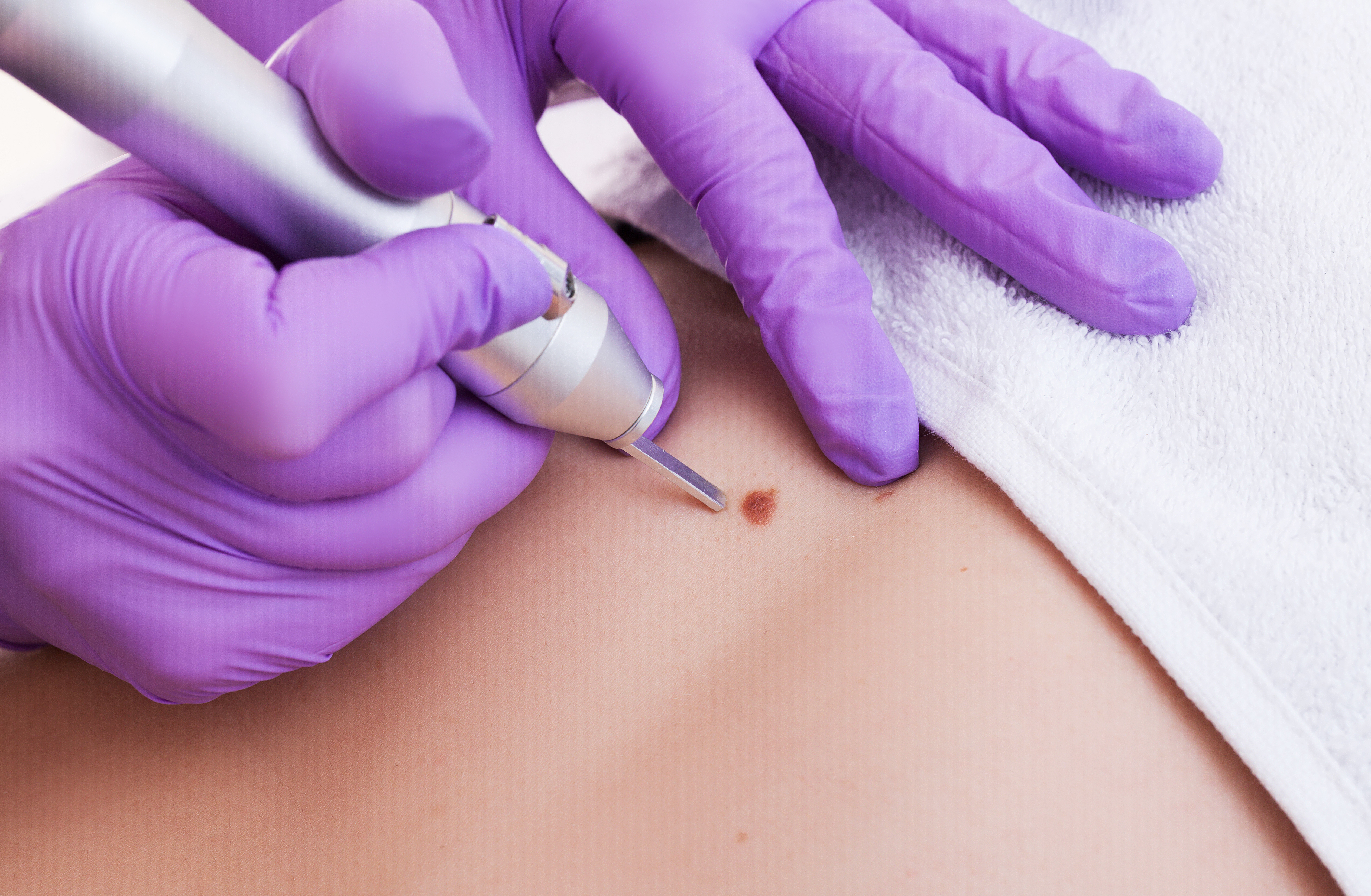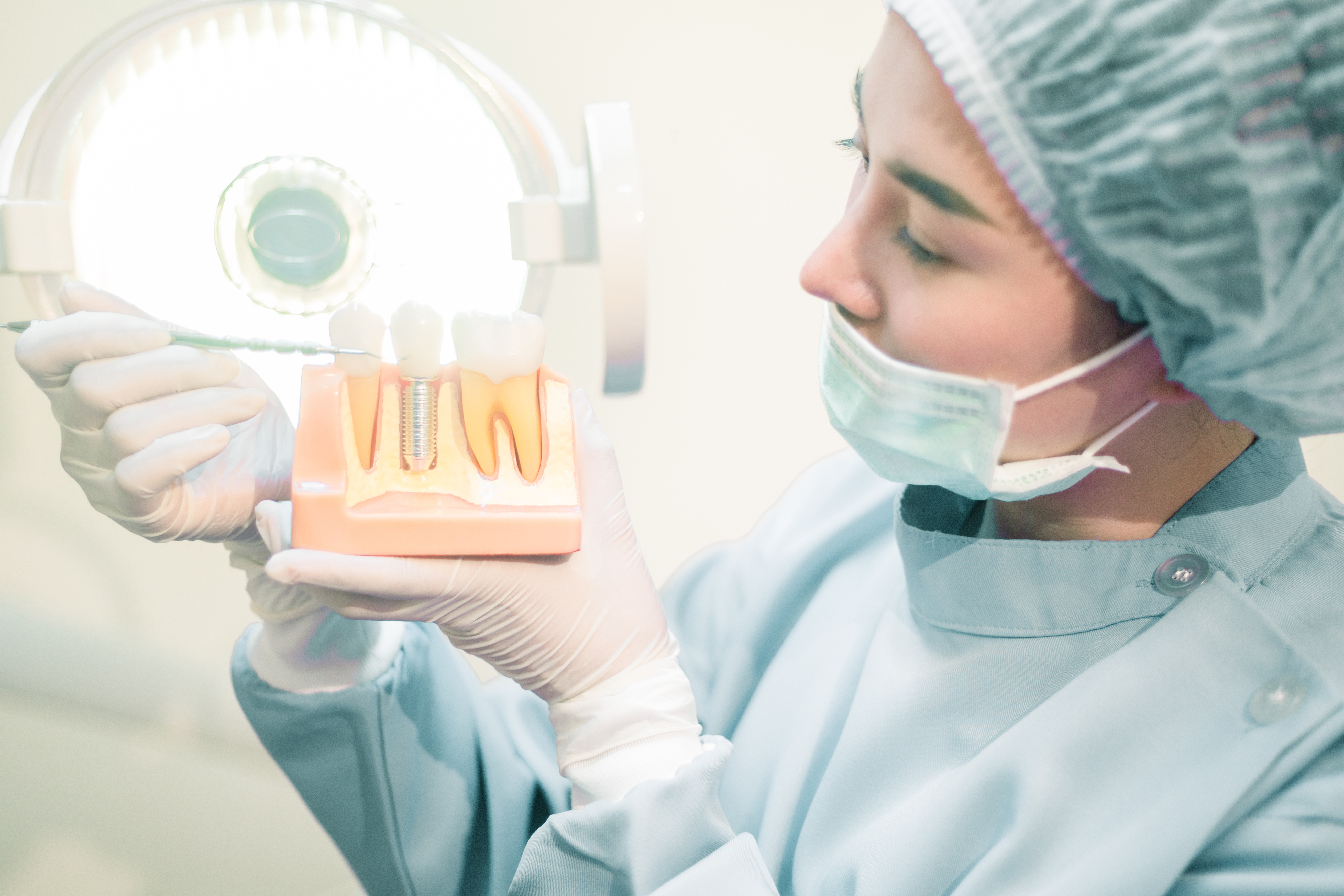
Types of Refractive Surgery to Correct Abnormalities in Eye
Refractive surgery is an eye surgical procedure that aims to correct eye vision caused by refractive abnormalities, such as nearsightedness (myopia), farsightedness (hypermetropia), and astigmatism.
This procedure is a popular solution for those of you who want to free yourself from dependence on glasses or contact lenses.
Find out more about refractive eye procedures, and contact us to get the best treatment according to your health condition.
Types of Refractive Surgery
Some of the methods of surgery used to treat refractive issues are:
1. LASIK (Laser-Assisted in Situ Keratomileusis)
LASIK is one of the most well-known and frequently performed refractive surgery procedures.
LASIK is very effective in treating myopia (farsightedness), hypermetropia (farsightedness), and astigmatism with fast and comfortable results.
This process involves forming a thin flap on the surface of the cornea and using laser to correct the surface of the cornea so that the eye can focus light directly onto the retina.
LASIK can also be performed with computer assistance. This technology is known as wavefront laser and can capture detailed images of the front structure of the human eye, especially the cornea. Thus, it allows the doctor to make a more detailed correction.
2. LASEK (Laser Epithelial Keratomileusis)
LASEK, or Laser Epithelial Keratomileusis, is a type of refractive surgery that is almost similar to LASIK.
Just like LASIK, LASEK is performed to treat nearsightedness, farsightedness, astigmatism, and presbyopia. However, in LASEK, the procedure is performed superficially on the surface of the cornea. Hence, this procedure is recommended for patients with thin corneas or abnormalities on the corneal surface.
3. PRK (Photorefractive Keratectomy)
Photorefractive keratectomy, or PRK, is a type of eye surgery performed to treat nearsightedness, farsightedness, and astigmatism with a laser.
This type of surgery uses a laser to treat vision problems caused by refractive errors.
In PRK, the surgeon will change the shape of your cornea using a laser to allow the light to be focused onto the retina to improve the eye vision. In this procedure, the doctor doesn’t make a flap. Instead, the doctor makes corrections directly from the beginning of the procedure with a laser. For those of you who have dry eyes and thin corneas, PRK can be a solution to treat refractive errors.
4. EpiLasik
This refractive surgery procedure is carried out by removing the corneal epithelial layer using special instruments.
After the corneal epithelium is removed, a laser is used to change the shape of the cornea and correct refractive errors such as myopia, hypermetropia, and astigmatism.
You will use soft contact lenses during the recovery time following this treatment.
5. Refractive Lens Exchange (Clear Lens Extraction)
RLE is refractive surgery performed by making an incision at the edge of the cornea, removing the eye's natural lens, and replacing it with a silicone or plastic lens. The RLE procedure is identical to the cataract surgery procedure.
Generally, this eye surgery is performed to correct severe nearsightedness or farsightedness. Additionally, RLE may be recommended for patients for whom LASIK is not recommended.
6. Radial Keratotomy (RK)
This procedure is used to correct mild myopia. The method is done by flattening the center of the cornea and changing its curve using a scalpel.
In the past, radial keratotomy was often used as a procedure to treat nearsightedness. However, after LASIK, RK was rarely done.
7. Astigmatism Keratotomy (AK)
Astigmatism Keratotomy is performed to correct astigmatism. This procedure is similar to RK. If through RK the doctor is making a radial correction in the center of the cornea, through AK the doctor is making a curved correction to flatten the cornea.
8. Conductive Keratoplasty (CK)
Generally, conductive keratoplasty is recommended for people aged 40 years and older. This surgery is performed to correct mild to moderate hypermetropia, using low-level heat waves to shrink collagen and change the shape of the cornea.
9. Laser Thermal Keratoplasty (LTK)
Laser Thermal Keratoplasty is a procedure that uses heat from low frequency radio waves to shrink the collagen tissue on the periphery of the cornea to reshape the cornea. Just like conductive keratoplasty, this refractive surgery is recommended for people aged 40.
10. Intracorneal Rings (Intacs)
The next refractive surgery is intacs, or intracorneal rings. This procedure is performed by making a small incision in the cornea. Then, placing a thin plastic ring implanted in the cornea can help improve vision.
11. Automated Lamellar Keratoplasty (ALK)
Automated Lamellar Keratoplasty (ALK) is a refractive surgery performed to correct refractive errors such as severe myopia (farsightedness) or severe hypermetropia (farsightedness) by changing the shape of the cornea.
This procedure involves making a flap on the cornea. Then, the doctor makes a correction on the cornea through incisions using a specific instrument. The extent of the correction depends on the severity and measurements done during the eye examination before the surgery. After the correction, the flap will be closed and let it heal naturally. an excimer laser, or other laser technology.
That's all the information about various types of refractive surgery that you need to know. If you are planning to undergo a refractive surgery procedure, you can come to the first SEZ area in Indonesia, The Sanur.
At The Sanur, our best eye centre is committed to prioritizing your vision health by offering comprehensive eye examinations and treatments.
Our services include preventive care, early detection, diagnosis, and treatment of various eye diseases with unmatched expertise and the latest medical technology right in the heart of Bali.
Immediately contact our experts at The Sanur now!
Reference:
- Types of Eye Surgery for Refractive Errors - Health Encyclopedia - University of Rochester Medical Center. (2024). Rochester.edu. https://www.urmc.rochester.edu/encyclopedia/content.aspx?contenttypeid=85&contentid=P00515
- LASIK eye surgery - Mayo Clinic. (2023). Mayoclinic.org; https://www.mayoclinic.org/tests-procedures/lasik-eye-surgery/about/pac-20384774
- Verywell. (2022). LASEK vs. LASIK: What’s the Difference? Verywell Health. https://www.verywellhealth.com/lasek-eye-surgery-vs-lasik-3421968
- What Is Photorefractive Keratectomy (PRK. (2023, April 25). What Is Photorefractive Keratectomy (PRK)? American Academy of Ophthalmology. https://www.aao.org/eye-health/treatments/photorefractive-keratectomy-prk
- Alternative Refractive Surgery Procedures. (2023, April 25). Alternative Refractive Surgery Procedures. American Academy of Ophthalmology. https://www.aao.org/eye-health/treatments/refractive-surgery-alternative-procedures
- What Is Refractive Surgery. (2023, February 24). What Is Refractive Surgery? American Academy of Ophthalmology. https://www.aao.org/eye-health/treatments/what-is-refractive-surgery
Related Articles

Mole surgery is a safe procedure with a relatively high success rate. What preparations are needed ...

Kidney stones (nephrolithiasis) are hard objects formed from chemicals in the kidneys. Once formed, the stone ...

Dental implants can be an excellent solution for replacing damaged or lost adult teeth. Before deciding ...

